<p>Neuromorphic computing uses principles from neuroscience to create devices that mimic neural systems, achieving efficient brain-like processing. It combines photonics and neuromorphic architectures for high efficiency and connectivity.</p>
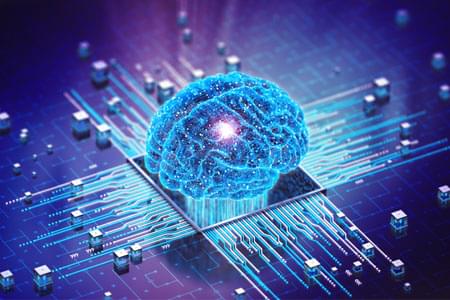


Sam Parnia, associate professor at New York University, suggests that death can be reversed and our brains may remain salvageable for hours or days after death. He emphasizes that death can be viewed as an injury process, with the potential for revival through ECMO machines and specific drugs used in CPR cocktails to aid recovery.
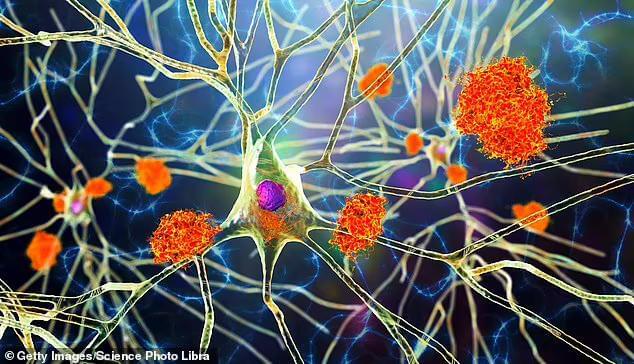
In a world-first, scientists have figured out how to reprogram cells to fight — and potentially reverse — brain diseases like Alzheimer’s.
Researchers at the University of California, Irvine created lab-grown immune cells that can track down toxic brain buildup and clear it away, restoring memory and brain function in mice.
They did this by turning stem cells — which can become any cell in the body — into brain immune cells called microglia.
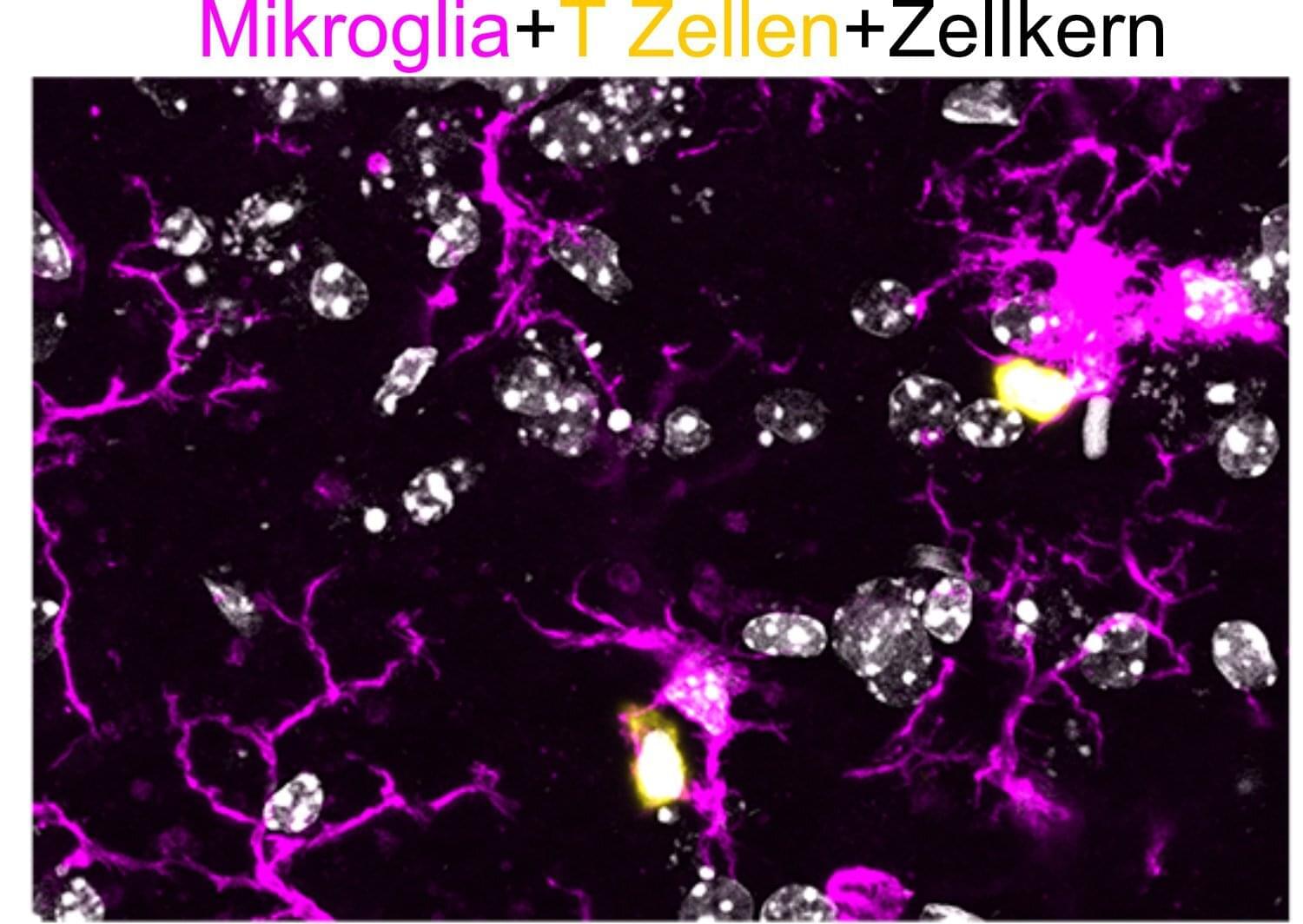
Patients with spastic paraplegia type 15 develop movement disorders during adolescence that may ultimately require the use of a wheelchair. In the early stages of this rare hereditary disease, the brain appears to play a major role by over-activating the immune system, as shown by a recent study published in the Journal of Experimental Medicine.
The study was led by researchers at the University of Bonn and the German Center for Neurodegenerative Diseases (DZNE). These findings could also be relevant for Alzheimer’s disease and other neurodegenerative conditions.
Spastic paraplegia type 15 is characterized by the progressive loss of neurons in the central nervous system that are responsible for controlling movement. Initial symptoms typically appear in late childhood, manifesting first in the legs in the form of uncontrollable twitching and paralysis.
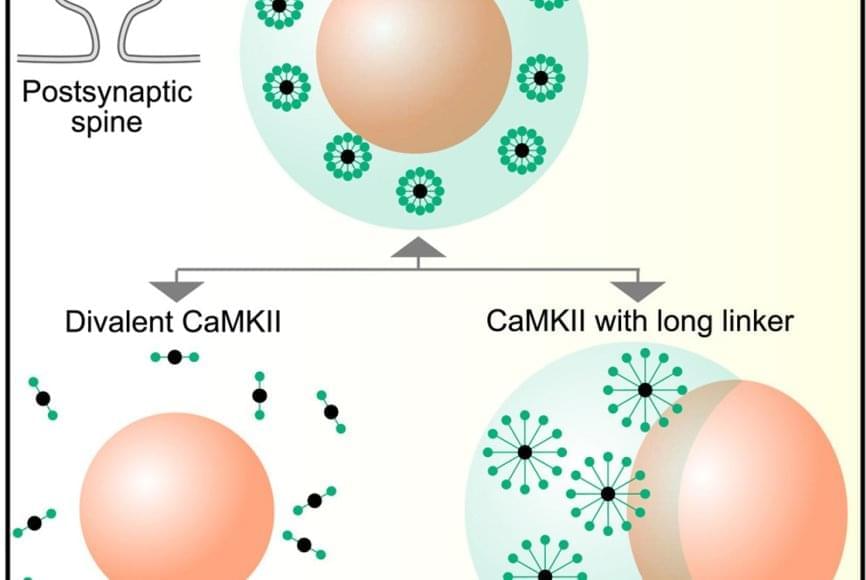
Our brain’s remarkable ability to form and store memories has long fascinated scientists, yet most of the microscopic mechanisms behind memory and learning processes remain a mystery. Recent research points to the importance of biochemical reactions occurring at postsynaptic densities—specialized areas where neurons connect and communicate. These tiny junctions between brain cells are now thought to be crucial sites where proteins need to organize in specific ways to facilitate learning and memory formation.
More specifically, a 2021 study revealed that memory-related proteins can bind together to form droplet-like structures at postsynaptic densities. What makes these structures particularly intriguing is their unique “droplet-inside-droplet” organization, which scientists believe may be fundamental to how our brains create lasting memories. However, understanding exactly how and why such complex protein arrangements form has remained a significant challenge in neuroscience.
Against this backdrop, a research team has developed an innovative computational model that reproduces these intricate protein structures. Their paper, published online in Cell Reports, explores the mechanisms behind the formation of multilayered protein condensates.
Although the brain is our most complex organ, the ways to treat it have historically been rather simple.
Typically, surgeons lesioned (damaged) a structure or a pathway in the hope that this would “correct the imbalance” that led to the disease. Candidate structures for lesioning were usually found by trial and error, serendipity or experiments in animals.
While performing one such surgery in 1987, French neurosurgeon Alim-Louis Benabid noticed that the electrical stimulation he performed to locate the right spot to lesion had effects similar to the lesion itself.
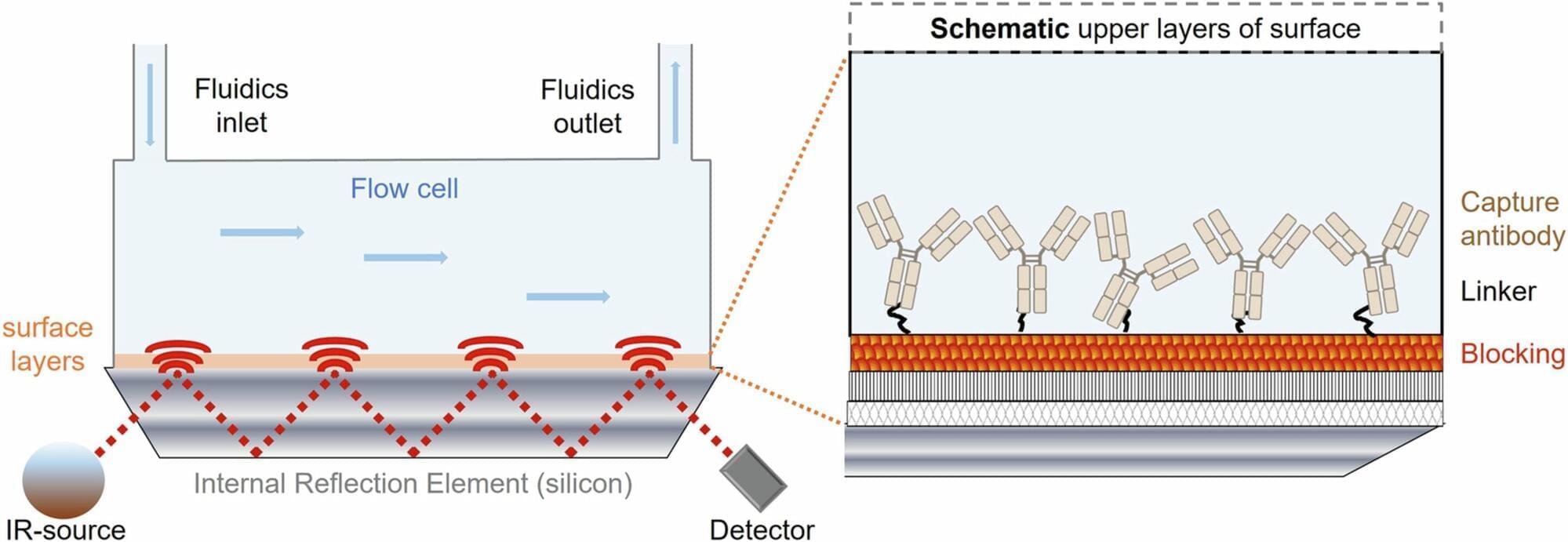
Parkinson’s disease is a neurodegenerative disorder that is usually diagnosed in its late stage on the basis of clinical symptoms, mainly motor disorders. By this point, however, the brain is already severely and irreparably damaged. Moreover, diagnosis is difficult and often incorrect because the disease takes many forms, and symptoms overlap with other disorders.
Researchers from the PRODI Center for Protein Diagnostics at Ruhr University Bochum, Germany, and the biotech company betaSENSE have now discovered a biomarker in the spinal fluid that facilitates a reliable diagnosis at an early stage and can shed light on the progression of the disease and the effect of a therapy. They report their findings in the journal EMBO Molecular Medicine from April 25, 2025.

Karolinska Institutet researchers report that children born before 34 weeks of gestation show persistent deficits in cognitive abilities at ages 9 to 10. Impairments appear independent of socioeconomic status, genetic predisposition, and prenatal or child-specific risk factors. Lower scores were observed in vocabulary, working memory, episodic memory, and recall tasks. Children born late preterm (34–36 weeks) or early term (37–38 weeks) performed comparably to those born full term.
Preterm birth affects approximately 13 million infants worldwide each year and remains a leading cause of childhood morbidity and mortality. Although advances in perinatal care have increased survival, cognitive deficits in these children continue to present major public health concerns.
Critical brain development processes that occur between 24 and 40 weeks of gestation may be disrupted by premature birth. Prior research has mostly focused on extremely or very preterm infants, often overlooking those born moderately or late preterm, who constitute a large portion of preterm births.
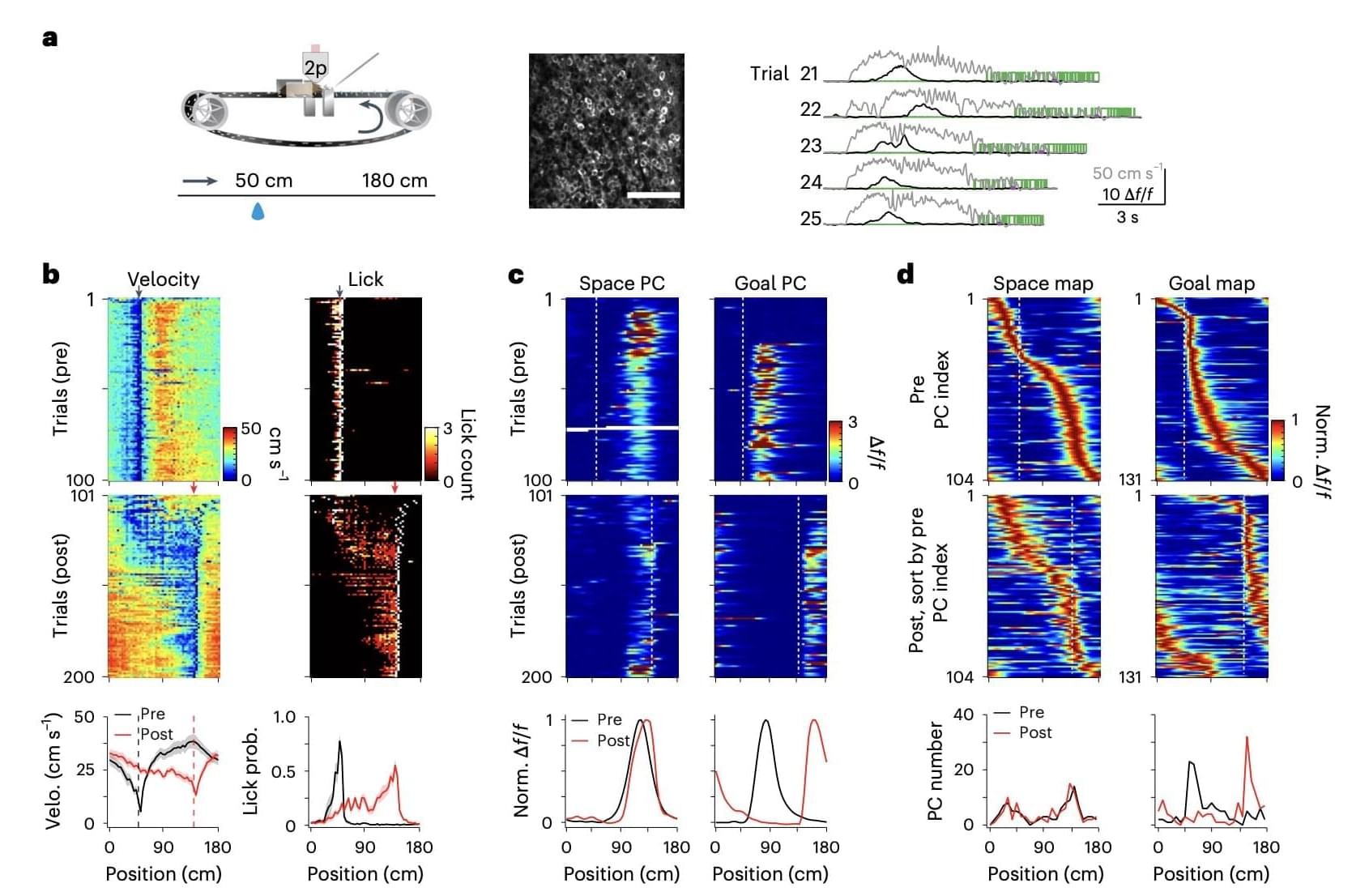
The mammalian brain is known to produce mental representations of the spatial environment, known as cognitive maps, that help humans and animals navigate their surroundings. A subpopulation of neurons in the CA1 area of the hippocampus, which are referred to as place cells (PCs), have been found to become active when animals visit specific places or locations in their environment.
The activation of these cells was previously linked to the encoding of space-and goal-related information, which was predicted to support the creation of cognitive maps. While numerous past studies explored the function of PCs and their contribution to the creation of cognitive maps, the role of experience in shaping the creation of these maps has not yet been elucidated.
Researchers at Baylor College of Medicine recently shed new light on the mechanisms through which experience could influence the encoding of information by PCs. Their findings, published in Nature Neuroscience, suggest that experiences produce an adjustment of synaptic input in the mouse brain, which in turn affects the activity of PCs, enabling the production of flexible cognitive maps.

Brain cell-derived extracellular vesicles (EVs) in the blood, carrying diverse cargoes, represent a valuable source of predictive, diagnostic, prognostic, disease-monitoring and treatment-response biomarkers for neurological disorders. This Review summarizes key aspects of EV biology and provides a critical overview of EV biomarker research and therapeutic development in neurology.